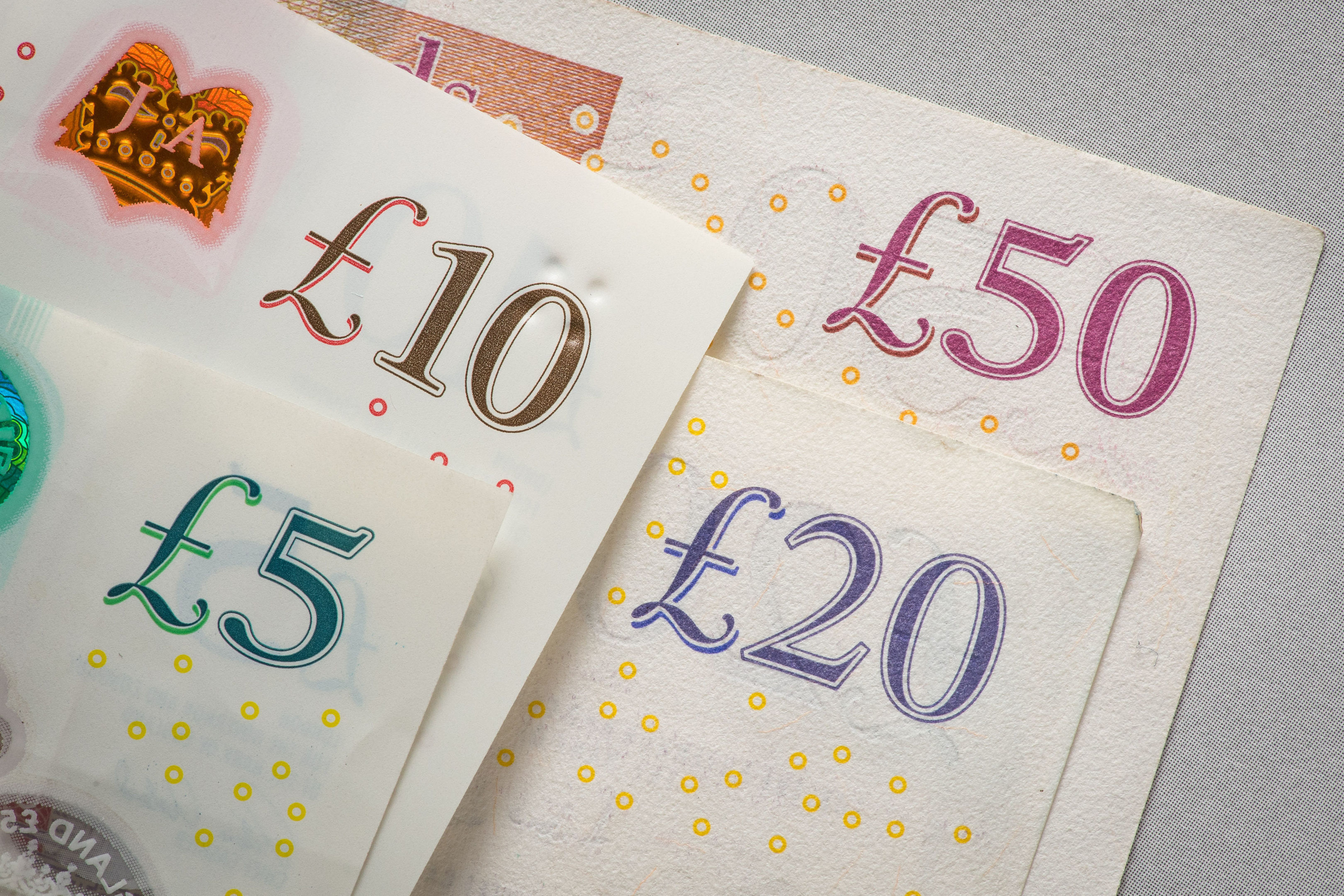
Taxpayers face losing billions of pounds to fraudsters targeting the Government’s Covid-19 financial rescue schemes, a report has warned.
The Policy Exchange think tank said the measures rushed through to save people and businesses from economic ruin are particularly vulnerable to scams because of the size of the packages and the speed with which they were introduced.
A paper, entitled Daylight Robbery, published on Saturday estimates fraud and error could cost the Government between £1.3 billion and £7.9 billion.
The calculation is based on expected fraud rates for Government expenditure from the Cabinet Office and the Department for Work and Pensions.
“The true value may be closer to the upper bound, due to the higher than usual levels of fraud that accompany disaster management,” the report said.
“This is a serious squandering of public finances and properly resourced post event assurance will be required to reassure the public that every possible step has been taken to reduce this level of fraud.”
In a foreword to the report, former Labour home secretary David Blunkett said criminals have used the Covid-19 crisis to “dip below the radar” and take advantage of unusual circumstances.
He wrote: “With a further range of substantial recovery measures announced by the Chancellor of the Exchequer on July 8, more opportunity exists for those willing to defraud the nation as well as services and individuals, and further steps need to be taken urgently to coordinate across departments and agencies, concentrating on those areas where verification is most difficult to achieve and where self-certification opens opportunity for organised criminal behaviour.”
His warning comes after a 57-year-old man became the first person to be arrested in connection with an alleged fraud of the Government furlough scheme.
HM Revenue and Customs (HMRC) said it arrested a male from Solihull, West Midlands, on Wednesday, in connection with allegations of a £495,000 fraud of the Coronavirus Job Retention Scheme (CJRS).
The Metropolitan Police arrested two men on Wednesday over an alleged scam to claim “bounce back loans” from the Government’s scheme to help small businesses.
The main suspect, who is in his late 40s, is believed to have recruited people to set up fake companies and bank accounts.
Detectives have got orders to freeze 10 bank accounts containing a total of £553,305 after finding application forms for bounce back loans.
The report urges the Prime Minister to create a new minister for fraud and forum to oversee the prevention, detection, investigation and prosecution of coronavirus-related scams.
Lead author Richard Walton, former head of counter-terrorism at the Metropolitan Police, said: “The Government’s economic response has been entirely justified but it has had the unintended consequence of opening up opportunities for fraud on a significant scale.
“A new minister for fraud and economic crime and a forum in the National Economic Crime Centre to co-ordinate the Government’s response to this fraud would help to address the scale of the problem.”
Former home secretary and chancellor Sajid Javid praised the report for highlighting the challenges faced in preventing fraudsters taking advantage of the Government’s Covid-19 response.
“Sadly, a number of individuals have sought to exploit the Treasury’s interventions, and sums involved are likely to be significant,” he said.
“The Government has been alive to this issue, however, and now is a good time to join up counter fraud measures to keep it to an absolute minimum.”

Enjoy the convenience of having The Sunday Post delivered as a digital ePaper straight to your smartphone, tablet or computer.
Subscribe for only £5.49 a month and enjoy all the benefits of the printed paper as a digital replica.
Subscribe